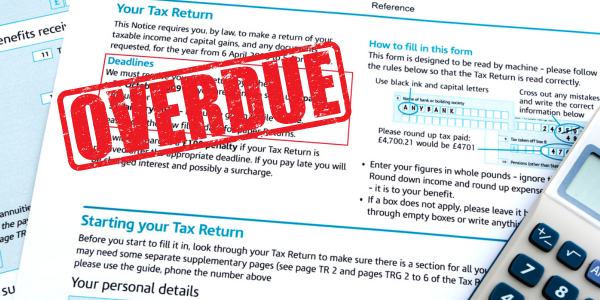Tax-efficient childcare for the new term
As any parent knows, juggling the expense of childcare with other day-to-day living costs involves precision planning and a seemingly endless source of funds. Even if you have school-age children, most working parents need some extra childcare, whether that’s in the form of breakfast clubs, after-school clubs, or during the holidays.
As you budget for the academic year ahead, what are the options for keeping childcare costs as low as possible?
One way to reduce the financial burden is by making sure you are claiming the relevant tax rebates for childcare. Currently these are available either as childcare vouchers or via the government’s Tax-Free Childcare Scheme. However, childcare vouchers are being phased out and will close to new applicants from 4 October 2018, so the clock is ticking and you need to act now if you think the voucher scheme is an option for your family.
Childcare vouchers – who’s eligible?

Childcare vouchers could save you hundreds in tax payments per year and even better, there is no income limit applicable. However, the amount of tax you can save will depend on whether you are a basic-rate (20%), higher-rate (40%) or top-rate (45%) taxpayer.
Unfortunately, you can only claim childcare vouchers if your employer offers them, so it’s important to check first. But remember – if you leave the company or stop claiming vouchers you will be unable to reapply after 4 October 2018.
The new Tax-Free Childcare Scheme
If childcare vouchers aren’t available to you then it’s definitely worth considering the government’s Tax-Free Childcare Scheme, which is open to anyone – great news if you are self-employed!
However, be aware there are restrictions on this new scheme based on minimum and maximum income levels. For example, if you are part of a couple then each parent must be working a minimum of 16 hours a week and paid at least minimum wage levels, but should not be earning more than £100,000 per annum each. Childcare vouchers on the other hand have no minimum earnings level and can be claimed even if only one parent is working. This is because they are applied to an individual rather than based on a household like the new scheme.
While childcare vouchers can be claimed up until your child is 15 (or 16 if the child is disabled), the new scheme can only be claimed until a child reaches the age of 11(or 17 if the child has a disability).
What are the tax savings on childcare costs?
The actual tax savings depend on which scheme you are eligible for, how many children you have and what you pay in childcare costs. For example, with childcare vouchers there is a maximum gain of £915 per year, per parent, whereas the Tax-Free Childcare Scheme could provide you with £2,000 per child, or £4,000 if the child is disabled.
If you find you are eligible for both schemes, you should weigh up the pros and cons of each, and your individual circumstances before making any final decisions. But remember, the deadline for registering for childcare vouchers is 4 October 2018, so you will have to choose soon! After this date, only the new scheme will apply.
You won’t be surprised to learn that it’s not possible to claim under both schemes simultaneously. Also, it’s important to point out that claiming under the Tax-Free Childcare Scheme means you cannot claim Tax Credits (including Working Tax Credit, Child Tax Credit and Universal Credit). Your claim for Tax Credits may also be affected under the childcare voucher scheme.
If you are uncertain which scheme is best for your situation, it is always worth seeking advice from a professional accountant. Here at Perrys, we offer expert guidance on all things tax-related and would be delighted to advise. Don’t hesitate to contact us to arrange an initial chat with one of our tax specialists.
For more information, you can also visit the government’s information page www.gov.uk/help-with-childcare-costs.







